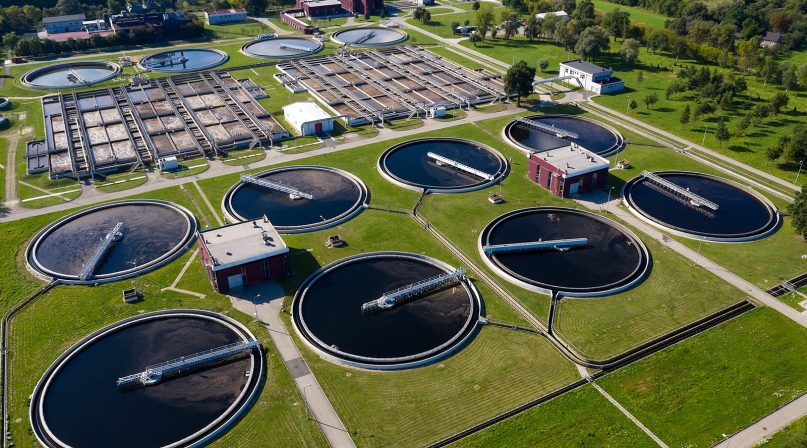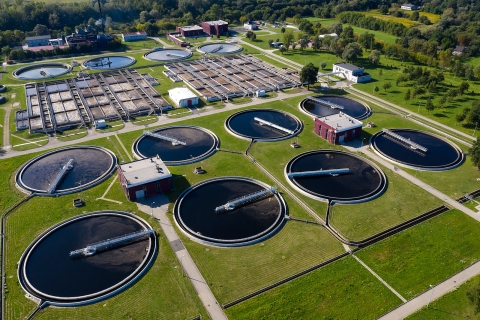President signs executive order on modernizing America’s water resource management and water infrastructure
Upcoming Events
Related News

Key Takeaways
On October 13, President Trump signed an Executive Order (E.O.) titled “Modernizing America’s Water Resource Management and Water Infrastructure.” The E.O. establishes an interagency Water Subcabinet of senior federal agency officials to facilitate efficient and effective management and modernization of the Nation’s water supplies and systems while also eliminating duplication between agencies. Click here to view a White House fact sheet of the E.O.
The E.O. includes three primary objectives: 1.) modernize America’s water infrastructure; 2.) improve the Nation’s water resource management; and 3.) create opportunities for America’s water workers. A new, interagency Water Subcabinet is charged with identifying solutions to meet these objects. Specifically, the Water Subcabinet will:
- Promote effective and efficient water resources management by reducing duplication between Federal agencies developing water policy
- Develop a national water strategy to ensure the reliability of water supplies, water quality, water systems, and water forecasting
- Protect taxpayer investments and improve water infrastructure planning by promoting integrated planning and coordination for drinking water, wastewater, water reuse, water storage and delivery, and water resource management; and
- Support and enhance workforce development to recruit, train and retain water sector professionals
Counties play an essential role in building and maintaining the country’s water resources and water infrastructure. Many counties also have the responsibility to provide water services and have the authority to own and operate drinking water systems. When it comes to the Clean Water Act, counties play a dual role as both co-regulators and regulated entities in protecting the environment and providing public water services for our residents and businesses. As regulators, counties are often responsible for controlling water pollution at the local level. We can enact rules on illicit discharges, remove septic tanks and adopt setbacks as part of land use plans. Counties are often responsible for water recharge areas, green infrastructure, water conservation programs and pesticide use for mosquito abatement. Counties also provide extensive outreach and education to residents and businesses on protecting water quality and reducing water pollution to prevent exposure from toxic chemicals.

Attachments
Related News

U.S. House of Representatives passes SPEED Act and other permitting reform bills
On December 18, the U.S. House of Representatives passed the SPEED Act (H.R. 4776). The SPEED Act would strengthen county involvement in decision-making and make needed commonsense reforms to the federal environmental review process.

House Natural Resources Committee advances the Endangered Species Act Amendments Act of 2025
On December 17, the House Natural Resources Committee advanced the Endangered Species Act (ESA) Amendments Act of 2025 (H.R. 1897). The version passed by the committee adopted several changes from the initial bill and would address key county concerns by improving the implementation of the ESA. The legislation now awaits a floor vote before the whole U.S. House of Representatives.

Senators introduce bipartisan UPGRADE Act to support small and rural public water systems
On December 15, Sens. Lisa Blunt Rochester (D-Del.) and Roger Wicker (R-Miss.) introduced the Unincorporated Partnerships for Grant Resources, Assistance, and Drinking Water Enhancements (UPGRADE) Act (S. 3465), a bipartisan bill that would strengthen federal support for small public water systems and helps unincorporated communities access clean and affordable water.